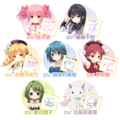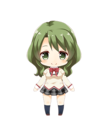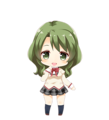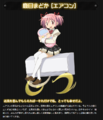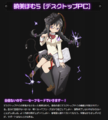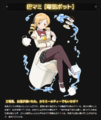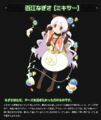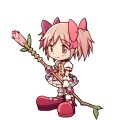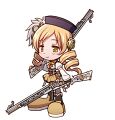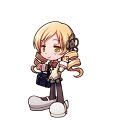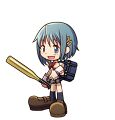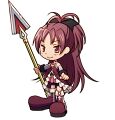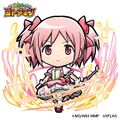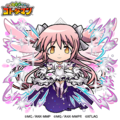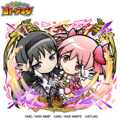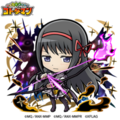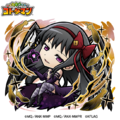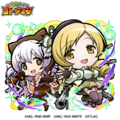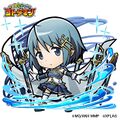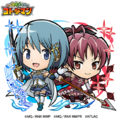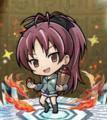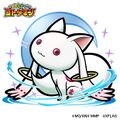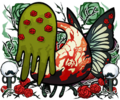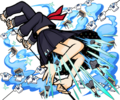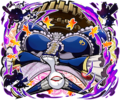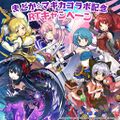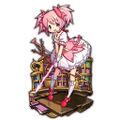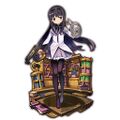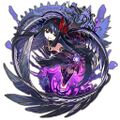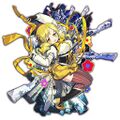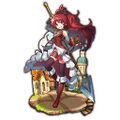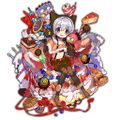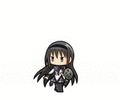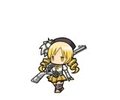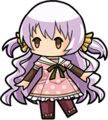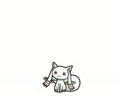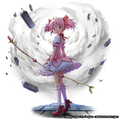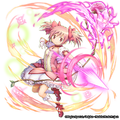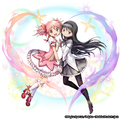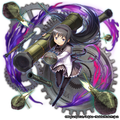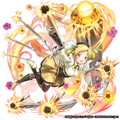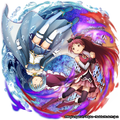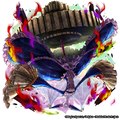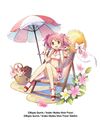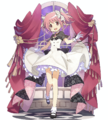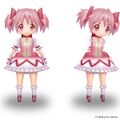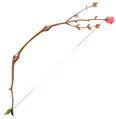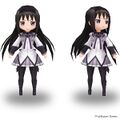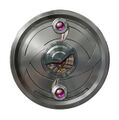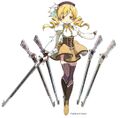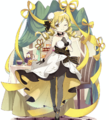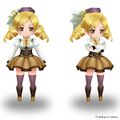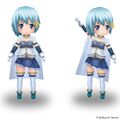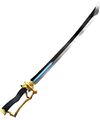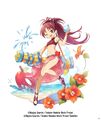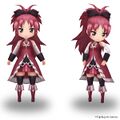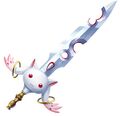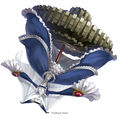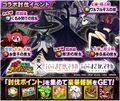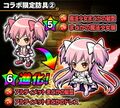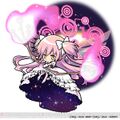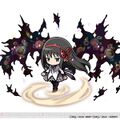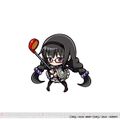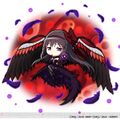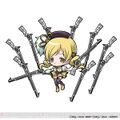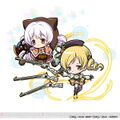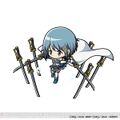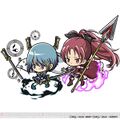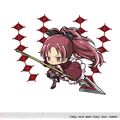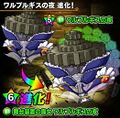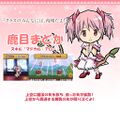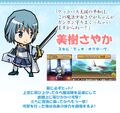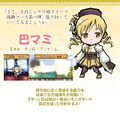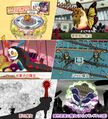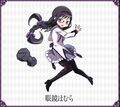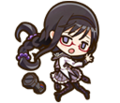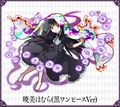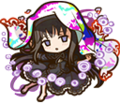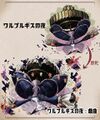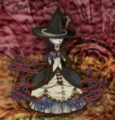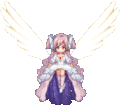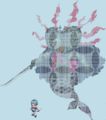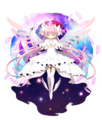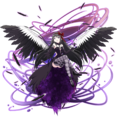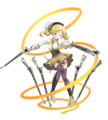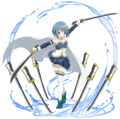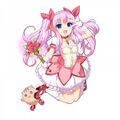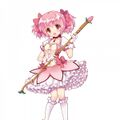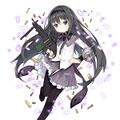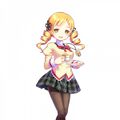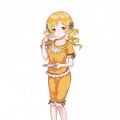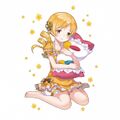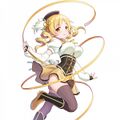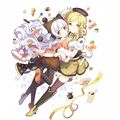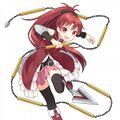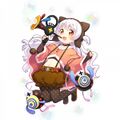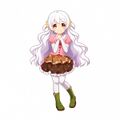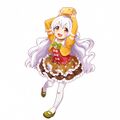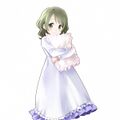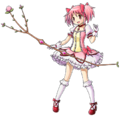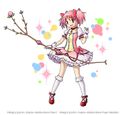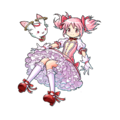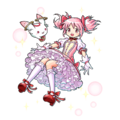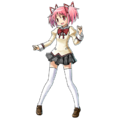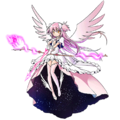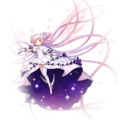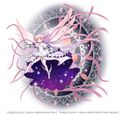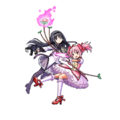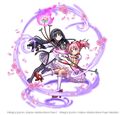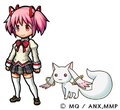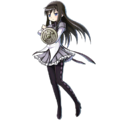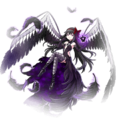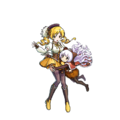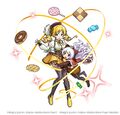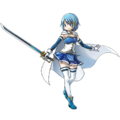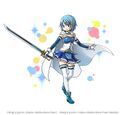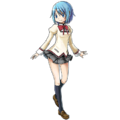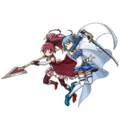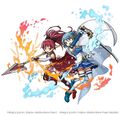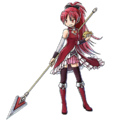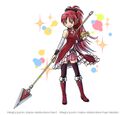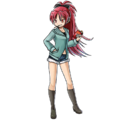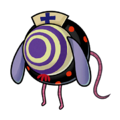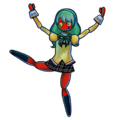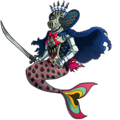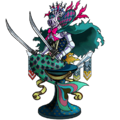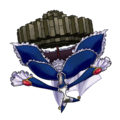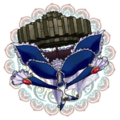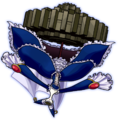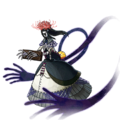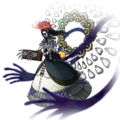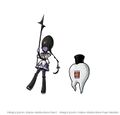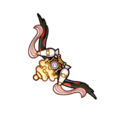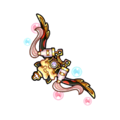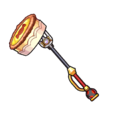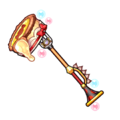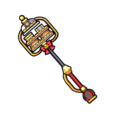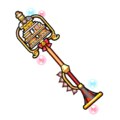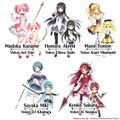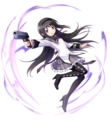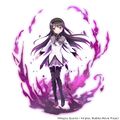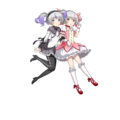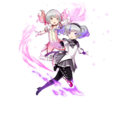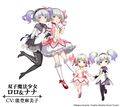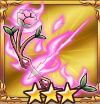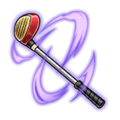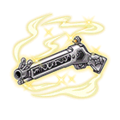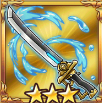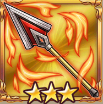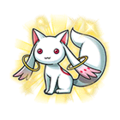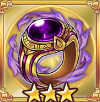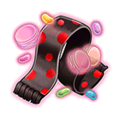User:Nagisa-chan
Hello! My name is Flora!
My favorite puella magi are Nagisa and Ui. My favorite witch is Uhrmann and i really like the nightmares!
Let's get along!
Crossovers
Full Bokko Heroes X
Movie event; duration: December 16th 2016 - ?
Charlotte appears as a boss. Defeating her gives you Grief Seed materials that can evolve Madoka from 3 star to 5 star.
Girl Friend Beta
Grimoire
Kaden Shoujo
Kai-ri-Sei Million Arthur
Karitomo
Kotodaman
Last Period
Legend of Kingdom
Logres of Sword and Sorcery: Goddess of Ancient
Million Chain
Monst
Monster Hunter Frontier G
Mystical World of Wiz
Othellonia
Phantom of the Kill
Pocket Kingdom
Pocoron Dungeons
Princess Punt
Puc Puc
Shiro Project
Sky of Crystalia
Summons Board
Talesweaver
Thousand Memories
Tokyo Dolls
Uchi no Hime Sama
Unision League
Valkyrie Connect
Vivid Army
Precious Memories (TCG)
Rules
Start
Each player shuffles his or her deck of exactly 60 cards and offers it to his or her opponent to cut and/or shuffle. Then each player lays face-down the top seven cards of his or her deck. This is the starting hand and may not be looked at until it has been decided who is going first. In Japan, you’ll do this by playing rock, scissors, paper and the winner decides if he wants to go first or second. There are certain benefits to going first and second depending on the type of deck you’re playing, so it’s not always a given that you’ll want to go first.
Mulligan
Each player looks at his or her hand and decides to keep the starting hand or mulligan for a better hand. If a player chooses to mulligan, that player puts his or her hand on the bottom of his or her deck and draws a new hand of seven cards. Each player can only mulligan once, and the opponent does not cut or shuffle an opponent’s deck after someone chooses to mulligan.
The player going first may begin. After this point, the game proceeds in turns according to the phases listed below.
Ready Phase
At the start of the turn, the player whose turn it is readies all of his or her cards, turning them from the sideways rest position to an upright position (obviously if it’s the first turn, that player won’t have any cards to ready).
Draw Phase
At the start of the turn, as long as it’s not the first turn of the game that player draws two cards. However, the player going first only draws one card (so choosing to go second nets you an extra card draw as the game begins).
Main Phase
During a player’s main phase, that player can play any number of characters, events with the timing [Main/Own] and set cards that player has the resources to pay for. Unless stated otherwise in the card’s text, character and set cards can only be played during the main phase. The player may also activate any abilities with a timing of [Main/Own]. Once a player’s main phase has finished, he or she states the intention to his or her opponent that he or she wishes to start the approach phase. Since the main phase of the player whose turn it is hasn’t technically ended yet, the opponent may play any events with a timing of [Main/Opponent] before the next phase begins.
Approach Phase
Once a player’s main phase has finished, he or she may begin the approach phase. Normally, characters cannot approach the turn they’ve been played, but some exceptions exist. The player who went first cannot approach on his or her first turn regardless of whether or not he or she has characters that could approach.
Only ready characters can approach or block, so a resting character cannot approach or block. If a player can approach with a character, that player declares the character as an approaching character and rests it by turning it sideways. Only one approaching character is declared at a time. The defending player may choose to block the approaching character with a character of his or her own. Only one character may block at a time. If the defending player chooses to block, he or she rests the blocking character.
Now the two characters deal damage to each other equal to their AP. If the damage ties or exceeds a characters’ DP, that character is put into its owner’s trash.
If the defending player chooses not to block or simply cannot block, the defending player gets a point. Once a player has seven points, that player loses the game.
Notes: The approach phase only begins if a player chooses a character and actually approaches. If the player whose turn it is chooses not to approach or simply can’t approach, the approach phase is skipped for that turn and the game proceeds to the next phase. This means that abilities and events with a timing of [Approach] cannot be activated that turn.
A character with 0 or less DP that receives damage from a character with 0 or less AP is considered as having taken damage and is put into is owner’s trash.
If a character approaches or blocks more than once per approach phase, the damage that character took from a previous block does not accrue. This means that a character with a high enough DP could approach or block any number of characters during the approach phase as long as a single blocked or blocking character’s AP did not tie or exceed the blocker’s DP.
As a state-based rule, characters may only approach once per turn. Readying a character during your approach phase is not enough to allow it to approach again. Only an ability that explicitly says, “This character may approach an additional time,” grants a character the ability to approach more than once.
The approaching player may declare an end to the approach phase once any approaching combats have resolved and no further approaches have been declared.
End Phase
Any abilities that would activate at the end of the turn activate now and changes to characters’ AP/DP that last until end of turn reset.
Cards
Cards some in three types. Character, event and support. Character cards have a cost, source, AP (attack points) and DP (defense points) number, as well as a description of what the card does and a type such as 'magical girl'. Some cards have more than one action in their description. Event and Support cards only have a cost and source number and a description. These cards come in four different colors: red, blue, yellow and green.




















